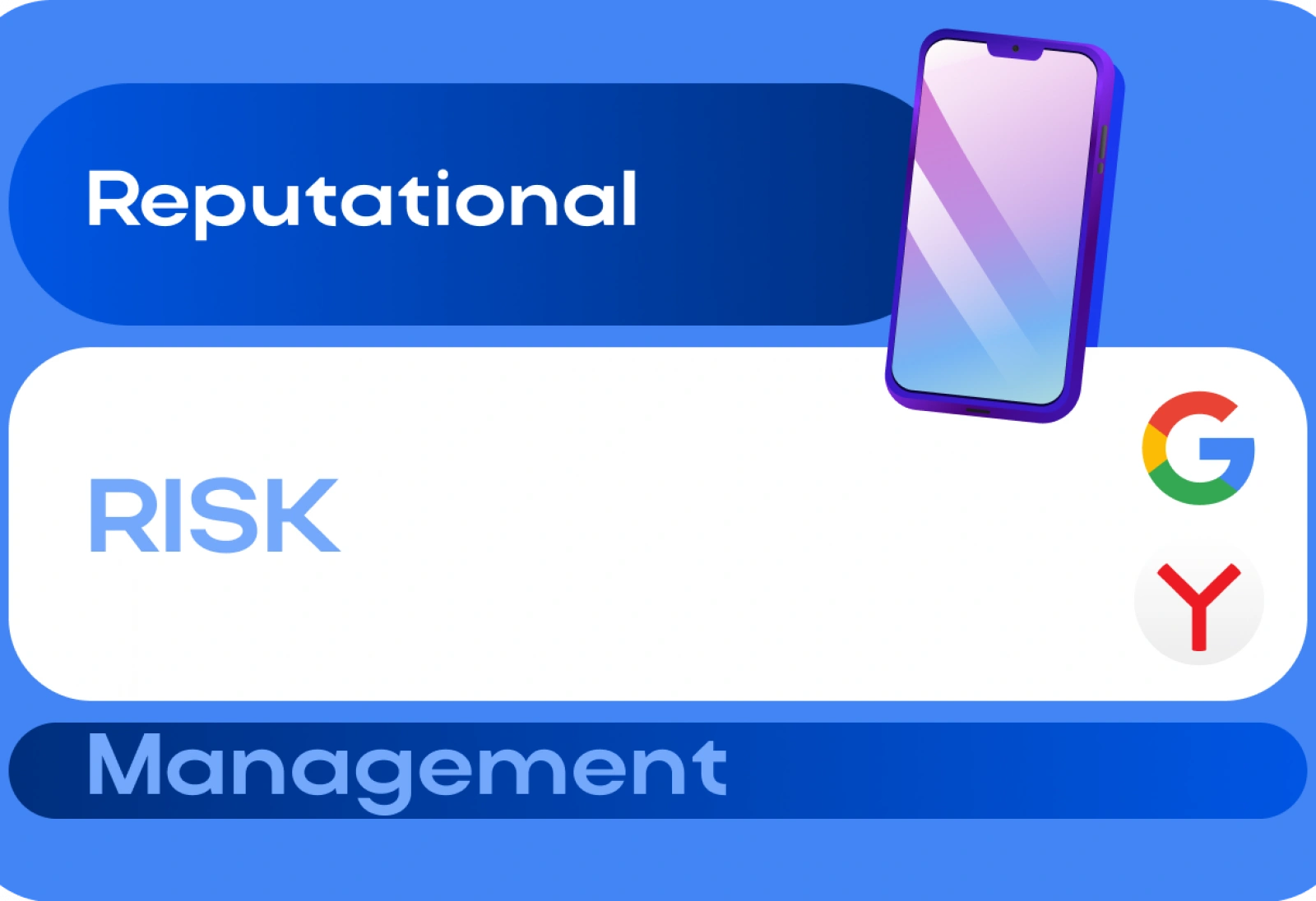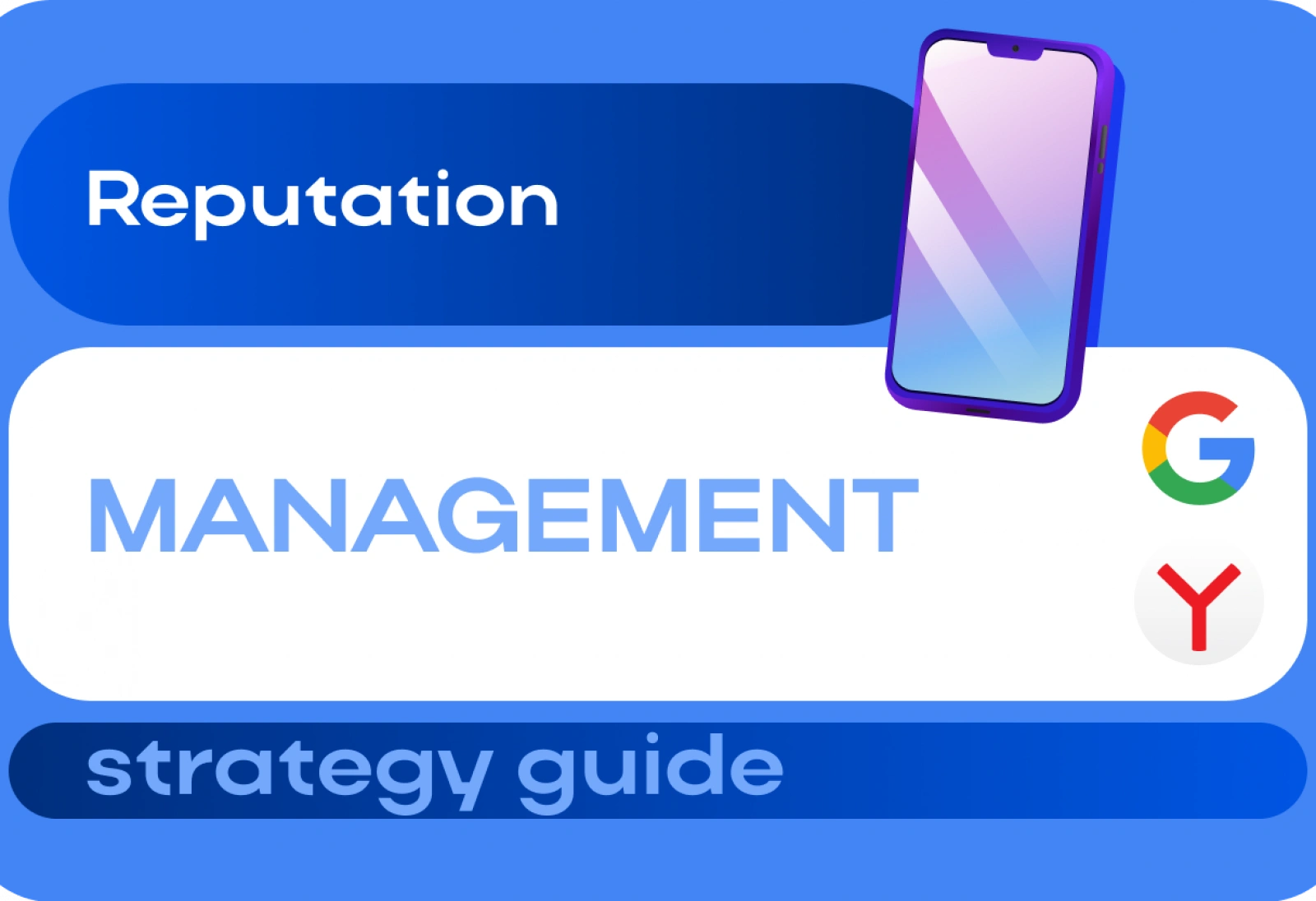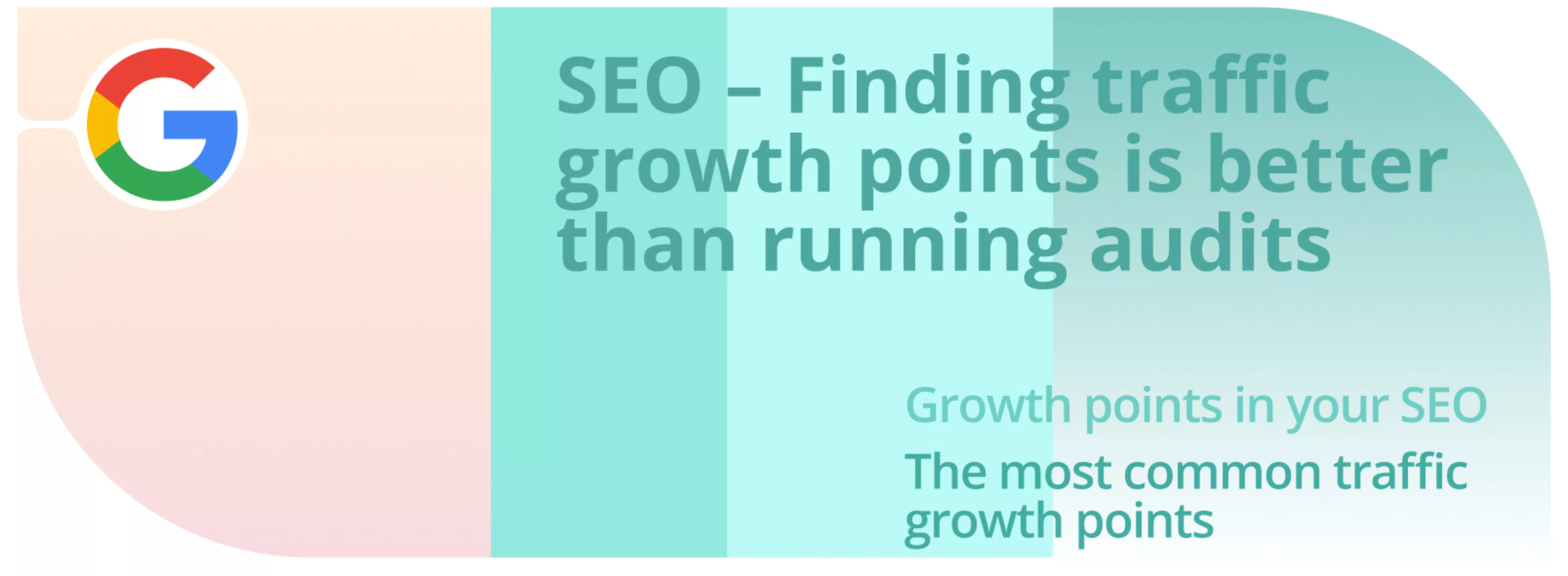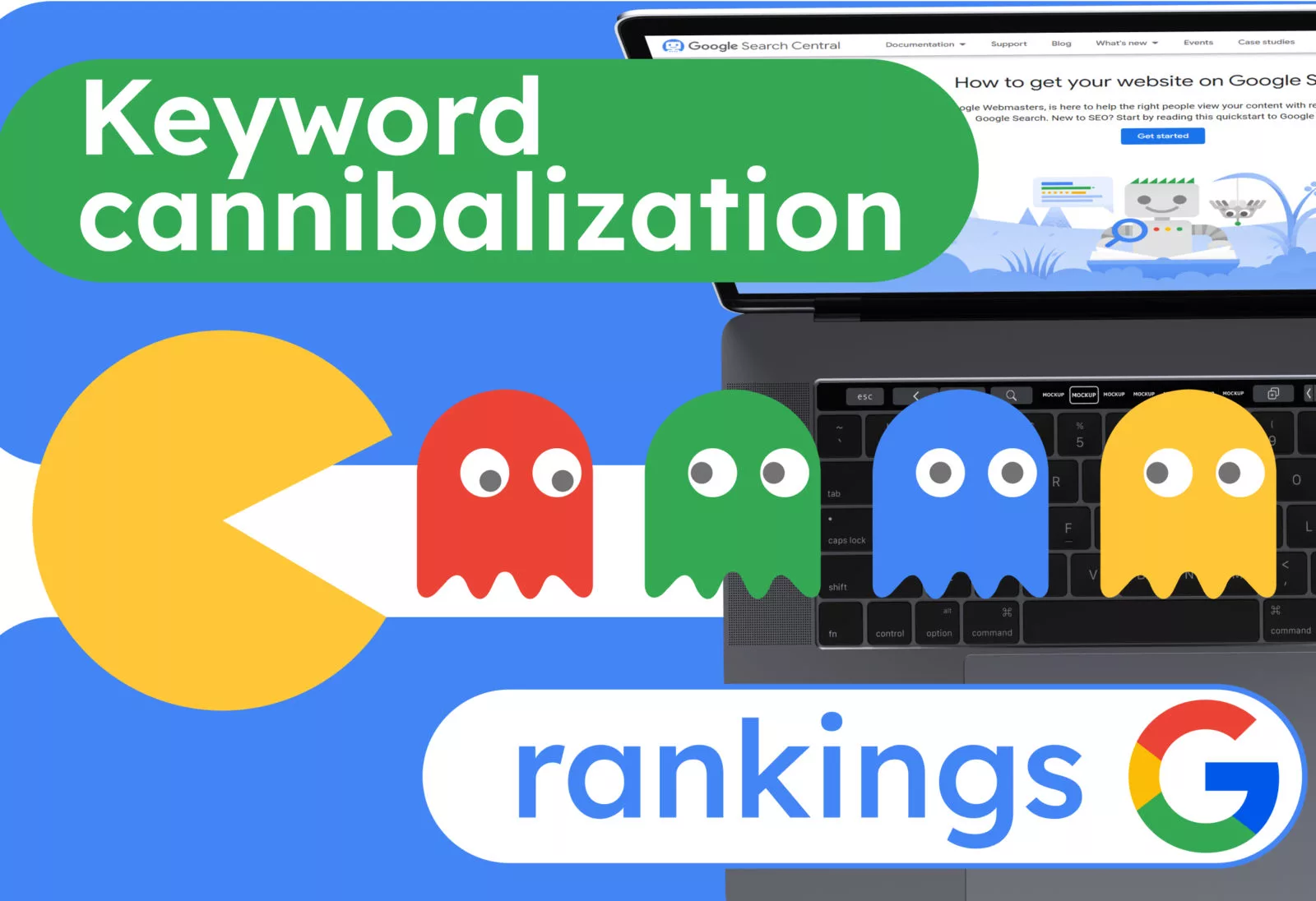SEO — Finding traffic growth points is better than running audits
Growth points in SEO:
- Drive large volumes of relatively free relevant traffic
- Benefit all visitors of the website ensuring excellent user experience and increasing your income
- Allow you to get organic backlinks — relatively free link building.
- Protect you from traffic losses even without interfering of a SEO-specialist
Once you have performed a full analysis of your website’s growth points, you’ll increase the efficiency of the invested SEO costs from conditioned 20% to 100%.
Thus, having spent less money, you’ll get much better results.
In my opinion, when working with SEO, the search of the growth points should precede any audits, links, semantic trivia, etc. But usually, from the very start of a project, lots of attention is paid to those things.
Every middle SEO specialist knows how to run an audit, conduct a semantic search, where and how to buy links, but in the end, just a few of them get good results.
I dare say it may happen as well because all the basic routine SEO-fuss misses a crucial step that has to be performed at the start of the optimization process, namely, finding global growth points of your website.
I’ve come across various projects where one could say all global opportunities for growth were depleted.
The main thing is to determine the global plan.
The most common traffic growth points by website type
Online stores
- Product cards
- Smart product filter
- Category Pages
- Product comparison pages
- Optimization by geolocation (street, district, city, state)
- Optimization by languages (for international projects)
- Product images
According to some data, the smart product filter ensures up to 40% of low-frequency, perfectly convertible traffic. That is because a potential buyer comes with a specific request, and you immediately provide a full list of what he needs.
But, what I commonly see is that there is a product filter, but its SEO is not fully developed, which leads to the store’s large and pointless loss of traffic.
As for the product images — there could be an entire article written about them. I will only mention the vendor code or SKU. In some categories, searches by SKU have the same frequency as the product name or even higher.
Categories and subcategories gather all medium-relevant traffic. Most stores do have categories, but if no, this is a great opportunity for growth.
The deeper a category is nested, the more specific search request it can meet, which increases the chances of converting it into a purchase.
For some reason, product comparison pages are only present in larger stores, but in fact, if you optimize such pages, you can collect traffic by “which one is a better product” request. Once again, such a page should be properly optimized so that it can rank well in the search results as such requests usually show article posting websites.
I suppose optimization by geolocation and/or languages is pretty straightforward. So let’s move on to the product images as often misunderstandings occur in their regards. Images draw huge traffic, for example, in the apparel or furniture categories.
All of the elements mentioned above require one-time integration and minimal maintenance. However, they will multiply your sales and your income accordingly many times and on a regular basis.
Service-based websites
- A separate page for every type and subtype of the service
- FAQ pages that can answer your audience’s questions
- Blog page which is similar to a FAQ page but now in the form of articles
- Particular pages for a specific niche, such as “SEO of a medical website” or “A lawyer for an IT company”
- Optimization by geolocation (street, neighborhood, city, state)
- Optimization by languages (especially relevant for customs clearance websites, hotel services, and much more!)
I know a medical specialist in New York, who built a small website in a competitive niche, but it is entirely in French. Now he is able to pull all French-speaking traffic and has a steady flow of foreign customers. Why not translating his website into other languages?
The idea of separate pages for a specific niche is similar to the smart filter in an online store — the search requests are narrowed, the traffic is lower, but the conversion level will be higher.
Informational websites
- Content details, e.g., indicate product pricing, if you do product reviews
- Optimization by languages
- Posts comments
- Forum
- Expanding the functionality, for instance, an online drug encyclopedia can add a service for identifying a pill from a picture (real case)
Informational websites require quite a personalized approach. You can not apply the features I mentioned above to some websites at all, at least because of the implementation costs.
Lifehack
The Semrush platform offers a handy tool that allows finding keywords with SERP features. For example, if we see an Image pack in the search results by conversion keywords when analyzing a competitor, that means we need to work with the images. There is also an Instant answer feature that can tell which topics should be covered in the relevant page, and a Local Pack feature telling us to optimize the GMB card.
Summary
Having developed all obvious and less transparent growth points, we will not only enrich the content, embrace the whole spectrum of potential requests but also improve the behavioral factors (by product filters, for instance). If our resource becomes useful, we will be able to receive conditionally free links (as in the example of adding a feature of identifying a pill from a picture on a medical website).
Once all the growth points were found, a systematic, honed work process takes place to fill in the gaps and tune the existing features. But that transforms into a completely different story about audits, tasks distributed according to the importance degree, links, semantic cores, etc.
The Disclaimer
This article:
- Is harmful for most SEO-specialists. If they have not experimented before, there are more chances to make things worse rather than increase income.
- Requires a deeper understanding of two things: how canonical forms are determined and which pages are considered subtle content.
- Also requires you to understand how to save the crawl budget properly and what it is given for.
BUT everybody should try this and learn from their mistakes.




